Printing
Hue provides a complete range of printing services. Each of the processes are carried out in machines with five-star rating to make sure you get only the best quality of print files. Moreover, the company also provides suggestions on the best possible print methods for the client’s print run as well as paper and ink options.
Right from digital printing to offset printing, from embossing to screen printing, Hue provides an unbeatable range of printing and associated services to universities, clients and education institutions around the world.
![]()
Our Process
We provide an array of bespoke solutions for printing, with ink and paper options, to best fit your budget. Hue takes pride in helping you cut nearly 40% of your printing costs simply by making the right choices. It is our airtight processes that make these solutions as effective as they are.

Art File Creation
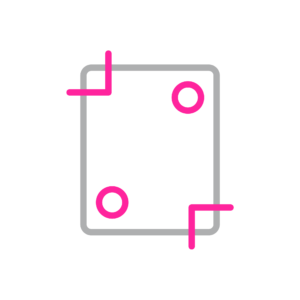
Pre-Press

Proofing
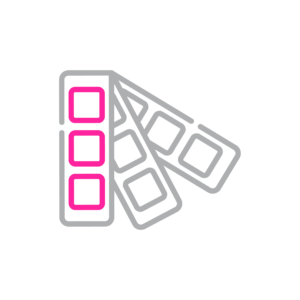
Colour Checks

Production

Quality Check
Binding
Once the printing process is concluded, brochures, books and other items need to be bound. All the loose printed pages are brought together to build a complete piece. Everything, from the longevity to the look and the functionality of the material, are entirely dependent on the binding.
Here are some of the binding techniques we specialize in:
Saddle-Stitching

Comb Binding
Coil Binding
Twin Loop Wire Binding
Velo Binding
Perfect Binding
Laminating
This is the process of applying a plastic film to the entire printed surface with the intention of creating various effects. It not only enhances the appeal of the product but also helps with the durability.
Matt Lamination
This process gives the product a subtle, earthy feel. It is perfect for visiting cards or other material that needs to create an immediate impact. Prone to scratches, this does not give a great deal of protection.
Gloss Lamination
This treatment gives the product a silky feel, something often seen on magazine covers, menus or presentation covers. This process offers protection to your product while lending it class.
Coating
Printed material is often seen coated with a subtle gloss attribute. This not only gives the image and Colours a great deal
of emphasis but also helps protect against ink rub-off. The best quality of coating happens when varnish is used on dark
printing ink covering a large surface area.
– Aqueous Coating:
This is a clear, fast-drying, water-based coating used to protect printed pieces. It gives a high-gloss or matte surface that deters dirt and fingerprints. It improves the durability of the material even through rough handling. This environmentally friendly varnish is typically applied at the last stage of the printing press.
– Varnish:
This is basically clear ink and can either be gloss, satin or matte. This is also known as flood varnish as it covers the entire page for protection, and/or to give it sheen. Spot varnish allows you to highlight specific areas of a printed piece and adds shine and depth to specific elements on the page such as a logo or an image.
– UV Coating:
In this process the coating, done using specific UV compatible inks, is cured by exposure to ultraviolet light in order to dry quickly and harden. While they provide the highest gloss versus other coatings, they can crack when folded due to the thickness and hardness of the coating. Pages that have been given this coating cannot be stamped or embossed.
– Soft Touch Coating:
This form of coating creates a gentle velvety texture on the paper, giving it a rich tactile experience, vastly increasing its appeal. It can help create a softer feel and look for the printed material. This coating does all this while also creating a barrier that is fingerprint resistant. It dries fast, is non-yellowing, and is eco-friendly.
Features
-
You can order last minute print runs without getting charged a premium and have it printed at Hue’s regular rates, within 24 hours.
-
You can make eleventh hour changes to your art file, be it adding new, country-specific course details or deleting some redundant content.
-
You can have a pre-press team that filters your print files for minute discrepancies like patches, image quality, as well as marks and bleed.
-
You can centralize your printing to achieve colour-consistency in every country you deliver your material to, throughout the year.
-
You can work towards reducing the weight of your brochure by using alternate paper options, with no compromise on quality, and significantly reduce your budget.
-
You can work with printers that unfailingly adhere to your sustainability norms with recyclable FSC papers as well as other value additions.
-
There is little to no manual handling of the material during the printing process. Every step, right up to the drying of the printed sheets is automated.
-
Every member of the staff operating the equipment is specifically trained for that purpose and is given regular, six-monthly seminars and monthly audits for the same. State-of-the-art safety features are a hallmark of Hue’s facilities.
-
One of our core objectives is to minimize the carbon footprint of the client’s intended activity. Hue uses FSC certified paper for all print collateral and packaging unless expressly instructed by the client to use a particular alternative.
-
Competitive manpower costs make printing in India a highly cost-effective, yet high-quality endeavor.
-
You can check what stage your print file is in at the mere click of a button.







